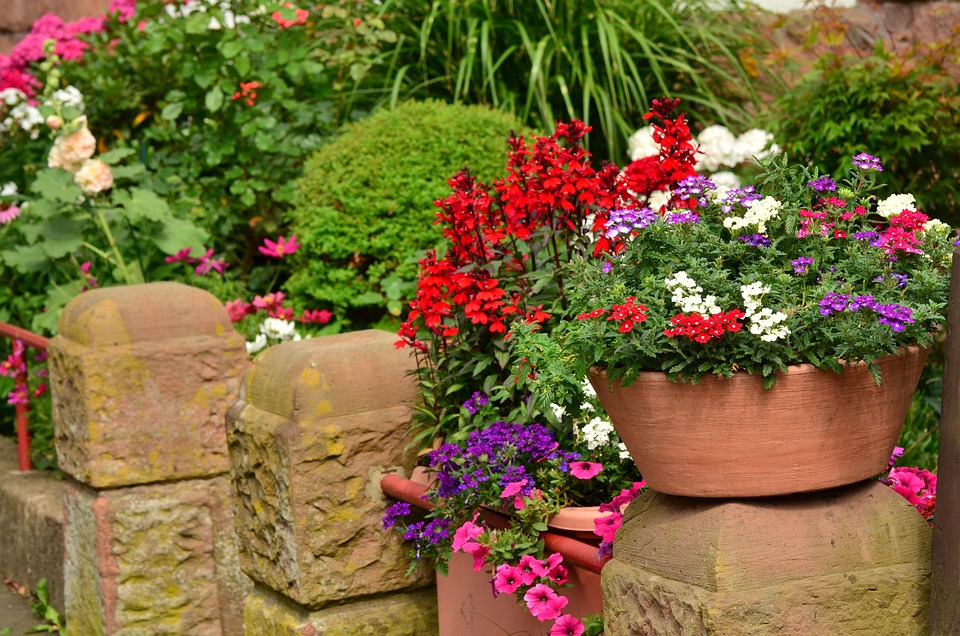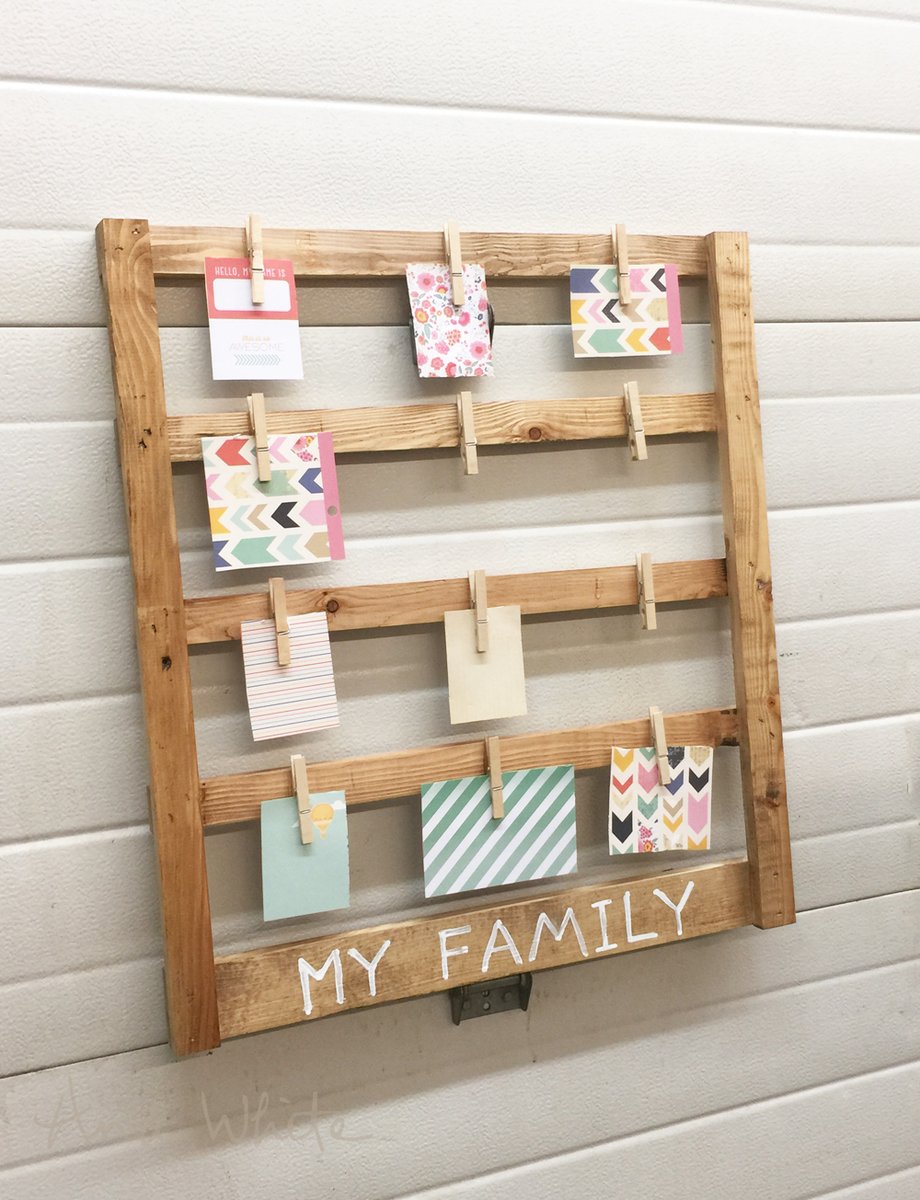Solitude in Clay Pots: A Rooftop’s Lament of Tendrils
Introduction
In the quiet corners of urban dwellings, where concrete meets sky, the Balcony Garden emerges as a sanctuary of solitude. A terra cotta pot cradling a single basil plant becomes more than a garden—it is a communion with the earth, a whisper of green in the chaos. Here, time slows. Roots stretch beneath the soil, and leaves unfurl like prayers toward the sun. Solitude in this space is not emptiness but a language spoken through watering cans, pruning shears, and the rustle of wind through neighboring walls. This article invites you to cultivate not just plants, but peace—a refuge where solitude blooms alongside roses and thyme.
Seasonal Context
The Balcony Garden breathes with the seasons, each one etching its rhythm into the rhythm of solitude. Spring ushers in tender shoots, their first leaves trembling like dawn’s first light. Summer transforms pots into thriving tapestries, while autumn gifts falling leaves that mulch into future soil. Winter’s chill slows growth, yet even dormant seedlings harbor dreams beneath the frost. To tend this garden is to dance with nature’s cadence, where solitude becomes a meditation on impermanence and renewal. A single tomato, ripened by heat, reminds us that stillness carries its own kind of productivity.
Practical Steps
1. Start Small, Think Deep
A handful of earth, a few quality seeds, and containers with proper drainage lay the foundation of a Balcony Garden. Clay pots, in particular, foster breathability, their porous surfaces whispering to roots like old friends exchanging secrets. Succulents thrive in shallow vessels; herbs like rosemary and mint find kinship in deeper receptacles.
2. Water Mindfully
Water is the lifeblood of this micro-ecosystem. Early mornings are best for hydration, as the sun’s touch gently dries excess moisture. Rainwater collected in a modest basin during storms becomes a sustainable elixir, its pH perfected by nature. Remember: overwatering is a silent assassin.
3. Prune with Purpose
Trimming dead leaves and wilting blooms is both maintenance and meditation. Each snip redirects energy to what thrives, a metaphor for decluttering life’s distractions.
Design Ideas
Arrange pots at varying heights to create vertical interest. A trailing string of pothos softens the edge of a railing, while upright sunflowers anchor the center. Pair textures: corrugated metal shelves hold a mosaic of green and bloom. Let the Balcony Garden become a living sculpture, where every plant has its purpose and its place.
Containers That Echo Nature
Choose materials that blur the line between man-made and organic—recycled wood, moss-lined baskets, or stoneware glazed in earth tones. These choices harmonize with the surrounding environment, transforming a corner of concrete into a forest floor.
Rituals
Morning Offering
Begin the day with a cup of tea brewed from garden herbs—lavender for calm, chamomile for clarity. Sip while watching dewdrops cling to basil leaves, dropping each into your cup as gratitude.
Twilight Reflection
At dusk, dim the lights and inspect your plants with a headlamp. Observe how shadows stretch across the leaves, how light reveals hidden textures. This ritual deepens connection to the unseen life within pots.
Soil & Water Care
Healthy soil is the heart of the Balcony Garden. Mix compost with vermiculite to aerate compacted earth. Test pH levels monthly; tomatoes thrive in mildly acidic conditions, while asparagus ferns prefer neutrality. Rainwater harvesting via a gutter spout or rain barrel ensures consistent hydration.
Wildlife & Habitat
Encourage pollinators by planting native flowers like marigolds or salvia. A petite bird feeder hung from a rail invites feathered visitors, their songs mingling with wind chimes. Even a few ladybugs will patrol for aphids, their presence a testament to ecological balance.
Seasonal Projects
Autumnal Wreath
In October, weave rosemary stems, dried lavender, and pinecones into a hanging wreath. Suspend it above the Balcony Garden to honor shifting seasons.
Winter Seed Sowing
Start perennial herbs under grow lights in repurposed jars. By spring, seedlings will greet the thaw, their first tendrils reaching for new soil.
Indoor/Balcony Extensions
Bring indoor plants closer to the garden. A fiddle-leaf fig on the indoor windowsill becomes a companion to the outdoor mint patch. Share cuttings: a sprig of basil gifted to a neighbor bends the arc of community toward shared abundance.
Community & Sharing
Join a seed-swap with nearby dwellers or post solar-powered planters on community boards. Solitude need not be solitary; it deepens when shared seeds grow into mutual abundance.
Conclusion
The Balcony Garden is more than greenery—it is a pact with the seasons, a dialogue between urban and wild. Its clay pots hold soil, yes, but also stories: the basil that repelled pests, the chili that scorched the tongue, the moonflower that bloomed only after twilight. Here, solitude is not loneliness but a quiet strength, nurtured by water, sunlight, and intention. Tend your rooftop’s lament with the tenderness of a gardener, and let its tendrils teach you the art of peace.
Solitude in clay appears here to highlight key ideas for readers.













